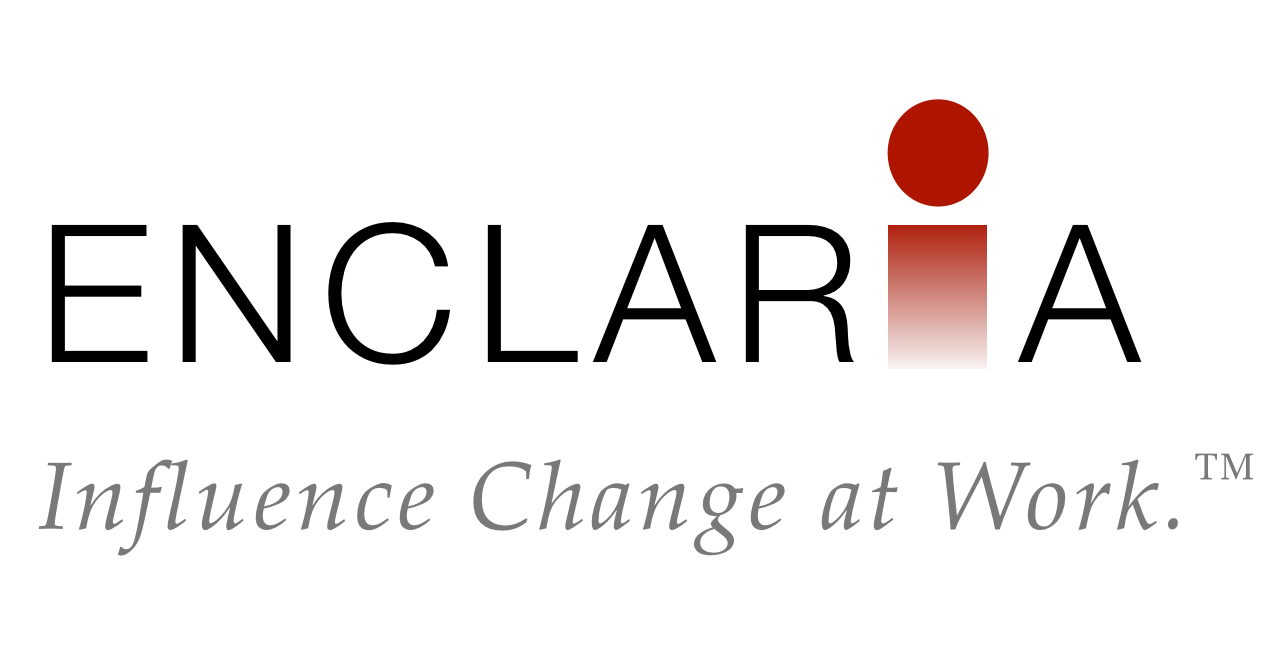This post requires reader participation! Please read the following story and then share in the comments how we can apply it to change:
This morning, I was heating up water in the microwave to prepare some instant oatmeal for breakfast. I put the water in a glass measuring cup and set the timer for 2:30 minutes.
The microwave beeped and I opened the door to retrieve the water. Except there were no telltale bubbles at the surface to indicate that it was, in fact, boiling. Odd, since that is usually plenty of time. I closed the door and added 30 more seconds.
After half that time, I heard a loud bang, and then water started to drip out of the microwave. I opened the door and half the water had been ejected out of the container in a violent explosion. It surely would have left me seriously injured had I been near it.
Normally, to boil water, heat is applied to (or in the case of the microwave, generated within) the water until the water reaches 100°C (212°F), at which point the water will start turning to gas. The bubbles rise to the surface and are released into the air as steam. For as long as the water is boiling, it will remain at 100°C until it is all turned to steam.
Except, in order for the bubbles to form, there need to be imperfections, sites within the water that allow the bubbles to form. These are either impurities within the water, or small imperfections on the surface of the container. Without the imperfections, the bubbles do not form, and boiling does not occur.
If the water does not boil, the temperature will continue to rise above the boiling point. It will become superheated. At that point, if something does trigger boiling to start, it will happen all at once, causing an explosion.
As I sat down to breakfast, after counting my lucky stars, cleaning up the microwave, and adding a few granules of sugar to the water the second time around, I started to think about the parallels of boiling/superheating water and implementing change in organizations. Some questions came to mind:
- Is it possible to superheat change?
- How is implementing change like the normal boiling process, and how is it like superheating?
- Could change happen both ways, and what are the implications?
- How does the concept of impurities and imperfections fit into organizational change?
Please share your questions, answers and other aha’s that you had while reading this story in the comments below.
